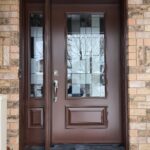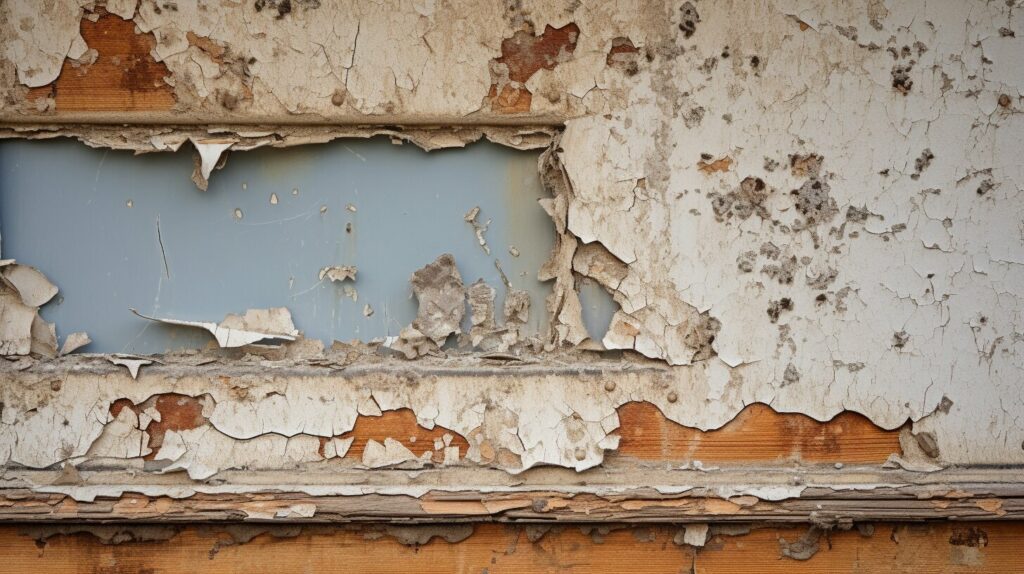
How to Combat Rotting Wood Windows
If you’re a homeowner, then you’re well aware of the importance of keeping your windows in good condition. Not only do they enhance the aesthetics of your home, but they also provide natural light and ventilation. However, when left untreated, rotting wood windows can pose a serious threat to both the functionality and value of your home.
That’s why in this section, we’ll provide you with essential tips and techniques to combat rotting wood windows and save your panes. By following our expert advice, you can boost the curb appeal of your home, prevent further damage, and ensure the longevity of your windows.
Key Takeaways
- Proper maintenance and inspection can prevent rotting wood windows.
- Repairing and treating rotting wood is essential in restoring window integrity.
- Window replacement and installation can enhance both aesthetics and energy efficiency.
- Combating rotting wood windows can boost the curb appeal of your home.
- Following our expert advice can ensure the longevity of your windows.
Understanding the Causes of Rotting Wood Windows
As homeowners, it’s essential to understand the common causes of rotting wood windows to prevent further damage and ensure the longevity of your windows. There are several factors that contribute to the decay of wooden window frames.
Moisture
Excessive moisture is the leading cause of rotting wood windows. When water penetrates the wood, it causes swelling, warping, and eventually, decay. Factors such as rain, humidity, and condensation can all contribute to the presence of moisture and accelerate the decay process.
Poor Ventilation
Poor ventilation can also lead to rotting wood windows. Without proper airflow, moisture can become trapped in the window frames, leading to decay. It’s essential to ensure that your windows are adequately ventilated to prevent any moisture buildup.
Pest Infestations
Wood-boring insects and pests, such as termites, can also cause rotting wood windows. These pests burrow into the wood and weaken the structure, making it more vulnerable to decay and structural damage. It’s crucial to inspect your windows regularly for any signs of pest infestations.
By understanding these common causes of rotting wood windows, you can take steps to prevent further damage and protect the integrity of your windows for years to come.
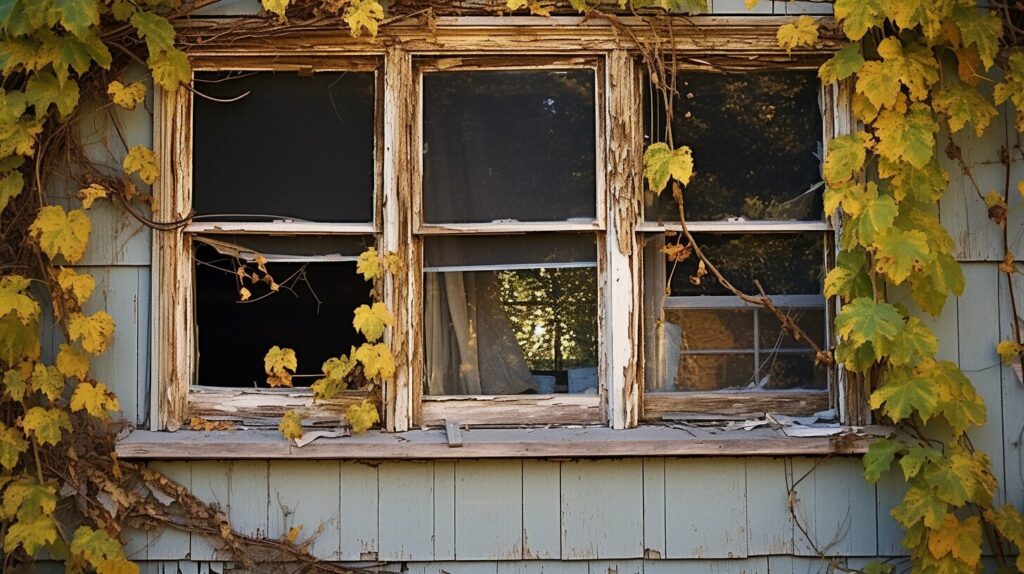
Regular Maintenance and Inspection
Regular maintenance and inspection are essential in combating rotting wood windows. By keeping a check on your windows in accordance with the changing weather, you can avoid serious issues that may have arisen otherwise.
One of the most important steps in regular maintenance is cleaning your windows. This not only enhances their appearance but also keeps them in good condition. Make sure to use a mild solution and a soft cloth to prevent any damage to the wood.
In addition to cleaning, it’s vital to check your windows for any signs of rot or damage. This includes inspecting the caulking and weatherstripping, which help to keep moisture out. If you notice any cracks or gaps, they must be fixed immediately to prevent any further damage.
Furthermore, regularly checking your windows for proper alignment and operation is crucial. If your windows are not opening or closing correctly, it may be a sign of rotting wood or other issues that need to be addressed.
By following these regular maintenance and inspection tips, you can identify any issues early and prevent them from becoming larger problems. This will help in ensuring the longevity of your windows and ultimately, save you money on expensive repairs and replacements in the long run.
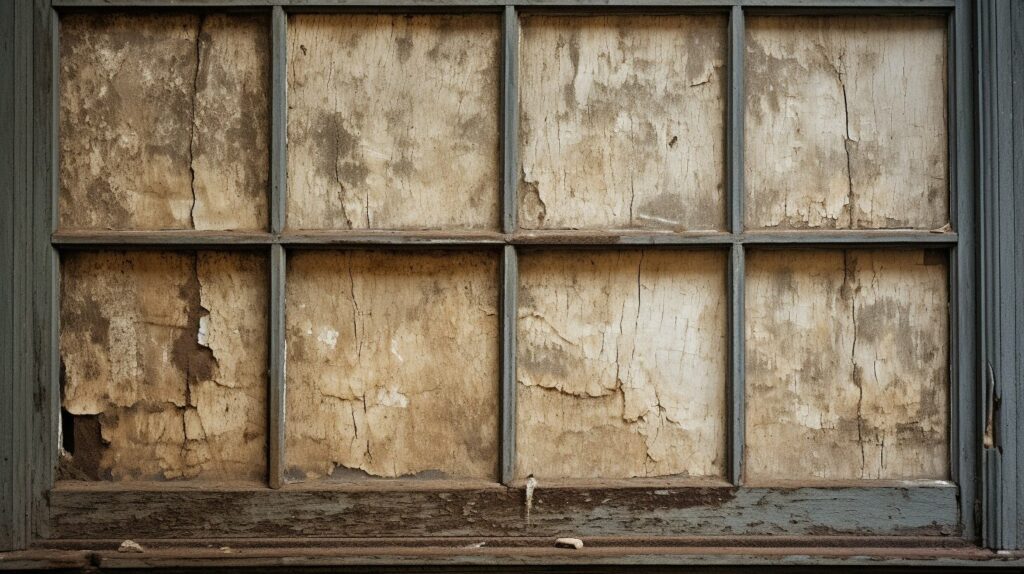
Regular maintenance and inspection are the key to combating rotting wood windows. By developing good practices and sticking to them, you can keep your windows looking great and functioning well for years to come.
Repairing and Treating Rotting Wood
When dealing with rotting wood windows, it’s crucial to act promptly and repair or replace the affected areas as soon as possible. Failure to address the issue can result in further damage, compromising the structural integrity of your windows and leading to more significant and costly repairs.
Fortunately, there are effective solutions to repair and treat rotting wood windows. Follow these simple steps to boost the longevity of your windows:
- Identify the Problem Areas: Thoroughly inspect your windows for any rotting wood. Look for areas that appear discoloured, soft, or crumbly. These are sure signs of rot, and they require immediate attention.
- Remove the Damaged Wood: Use a chisel, putty knife, or screwdriver to carefully remove the rotted wood and expose the healthy wood underneath. Be sure to wear protective gear, such as gloves and goggles, during this process.
- Apply Wood Filler: Fill the gap left by the removed wood with an appropriate wood filler or epoxy. Follow the manufacturer’s instructions and ensure the filler is level and smooth with the surrounding wood. Allow it to dry thoroughly.
- Sand and Prime: Once the filler has dried, use sandpaper to smooth the surface. Apply a primer to the area, ensuring it adheres well to the wood and the filler. Let the primer dry before painting or staining.
- Treat with Wood Preservative: Before painting or staining, apply a wood preservative to the repaired area. This will help protect the wood from future rot and decay.
If the affected area is more significant, you may need to replace the entire window frame. Consult with a professional to determine the best course of action for your specific situation.
Remember, regular maintenance and inspection of your windows can help prevent rotting wood from occurring in the first place. Stay vigilant and keep an eye out for any signs of damage. By following these simple tips, you can effectively repair and treat rotting wood windows, enhancing the overall look and functionality of your home.
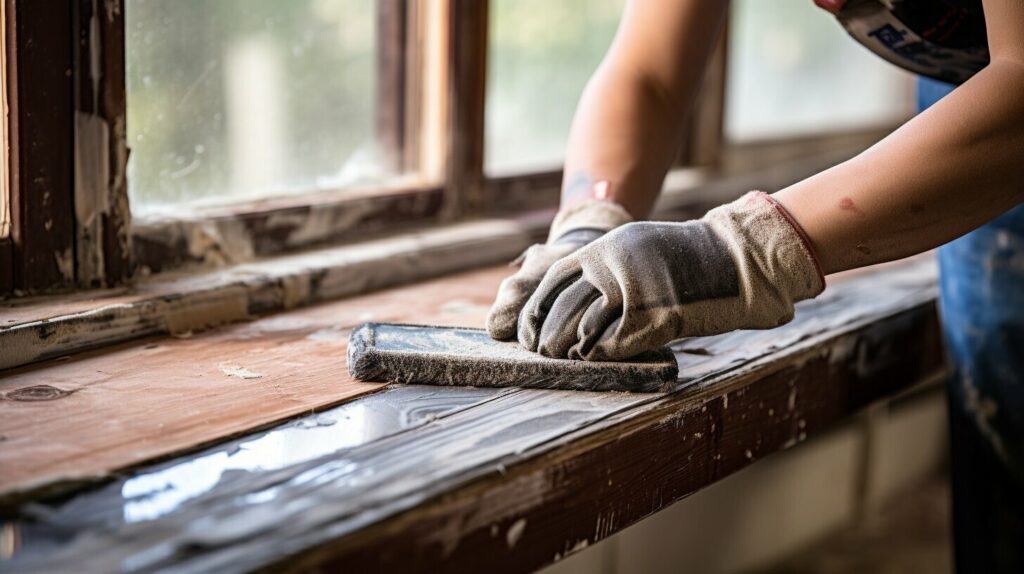
Window Replacement and Installation
When it comes to combating rotting wood windows, sometimes replacement and installation are the best options. This is especially true for residential homes in Toronto, where extreme weather conditions can take a toll on your windows and doors.
Upgrading to new windows offers a range of benefits, including enhanced energy efficiency and improved aesthetics. Our team of experts can help you choose the right windows for your home and budget, ensuring a smooth and hassle-free installation process.
Our window replacement and installation services include:
Window Consultation:
We provide a free consultation to evaluate your current window situation and discuss your replacement options. Our team will help you choose the perfect windows to suit your needs and style preferences.
Custom Window Installation:
We offer custom window installation services to ensure a perfect fit for your home. Our team uses precise measurements to ensure a seamless installation process and optimal performance.
Energy-Efficient Options:
We offer a range of energy-efficient windows that can significantly reduce your energy bills and environmental impact. Our knowledgeable team can help you choose the right windows to enhance your home’s energy efficiency and sustainability.
Don’t let rotting wood windows affect the beauty and functionality of your home. Contact us today to learn more about our window replacement and installation services.
FAQs
How can I combat rotting wood windows?
To combat rotting wood windows, you can follow these steps:
1. Regularly inspect your windows for signs of rot or damage.
2. Clean and treat your windows with a wood preservative to prevent further deterioration.
3. Repair any rotten areas by removing the damaged wood and replacing it with new wood or epoxy.
4. Ensure proper ventilation around your windows to reduce moisture buildup.
5. Paint or seal your windows to provide an additional protective layer against moisture.
What are the common causes of rotting wood windows?
The common causes of rotting wood windows include:
1. Moisture infiltration, often due to improper sealing or drainage.
2. Lack of regular maintenance and inspection.
3. Exposure to harsh weather conditions, like rain and snow.
4. Inadequate ventilation, leading to condensation and moisture buildup.
5. Insect infestations, such as termites or carpenter ants, that damage the wood.
How often should I perform maintenance and inspection on my windows?
It is recommended to perform maintenance and inspection on your windows at least once a year. However, if you live in an area with extreme weather conditions or notice any signs of damage, it’s advisable to inspect them more frequently. Regular maintenance includes cleaning, sealing, and checking for any signs of rot or deterioration.
How can I repair and treat rotting wood?
To repair and treat rotting wood, you can follow these steps:
1. Identify the extent of the damage by inspecting the affected areas.
2. Remove the rotten wood using a chisel or saw, making sure to reach the healthy wood.
3. Treat the remaining wood with a wood preservative or borate solution to prevent further decay.
4. Fill the void left by the removed wood with a wood filler or epoxy.
5. Sand and smooth the repaired area before painting or staining it to match the surrounding wood.
When should I consider replacing my windows?
You should consider replacing your windows if:
1. The rotting wood damage is extensive and beyond repair.
2. Your windows are significantly inefficient and contribute to high energy bills.
3. You want to enhance the aesthetics and curb appeal of your home.
4. You are interested in improving the energy efficiency and insulation of your space.
5. You live in an area with noise pollution and want to reduce the outside noise.
Replacing your
Windows & Doors?








